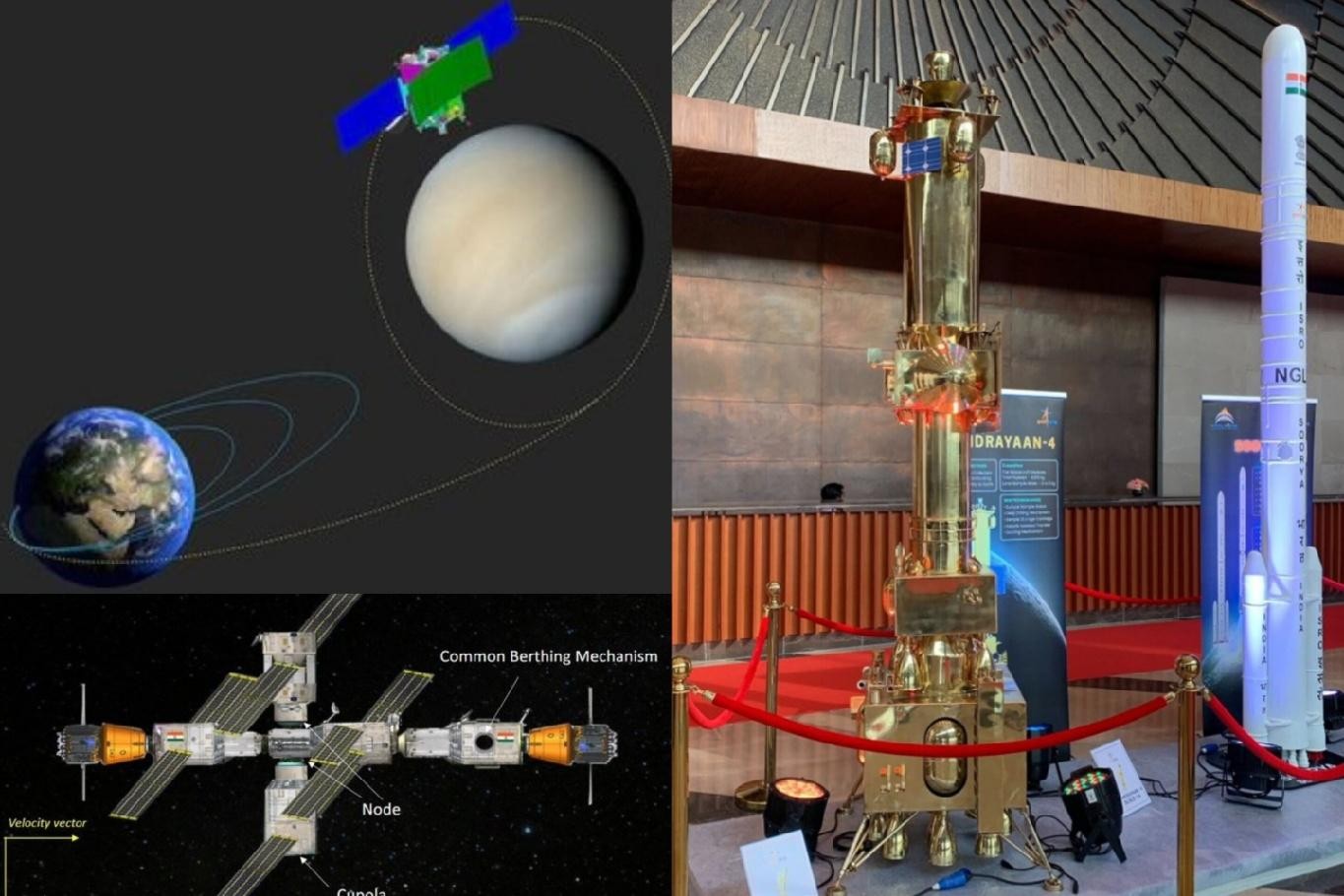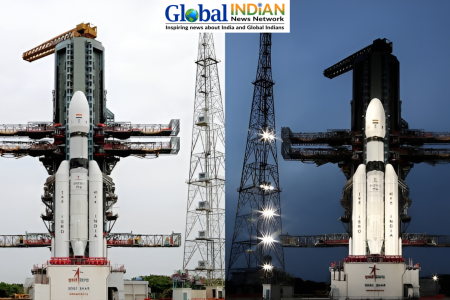
India is poised to take a significant leap in space exploration, with the Union Cabinet approving the Chandrayaan-4 mission, marking the next phase in India’s lunar ambitions. This mission will focus on collecting and returning lunar samples to Earth, serving as a technological stepping stone for an eventual crewed mission to the Moon by 2040. The Chandrayaan-4 mission has a budget of approximately $25.4 million and is slated for completion within 36 months.
Additionally, the cabinet has approved the first phase of constructing the Bharatiya Antariksh Station (BAS), with its first module to be launched by 2028 and the full station operational by 2035. The Gaganyaan programme’s budget has been increased to around $244.4 million to incorporate precursor missions essential for BAS development. These steps will prepare India for long-duration human space missions.
In other significant moves, the government approved the Venus Orbiter Mission (VOM), scheduled for launch in 2028. The mission will explore Venus’s atmosphere and geology, providing insights into its evolution and potential habitability. With a budget of approximately $15 million, the mission will investigate Venus’s thick atmosphere and environmental transformation.
To meet growing demands for heavier satellite launches, India also plans to develop a Next-Generation Launch Vehicle (NGLV) named Soorya. This reusable rocket will increase payload capacity from 10 to 30 tonnes for low Earth orbit (LEO) missions. The total fund for this development is around $99.6 million, including three developmental flights. The reusable nature of Soorya will lower the cost of space access, supporting India’s long-term goals in space exploration.
These decisions are being hailed by industry experts as key steps in advancing India’s ambitious space roadmap.













